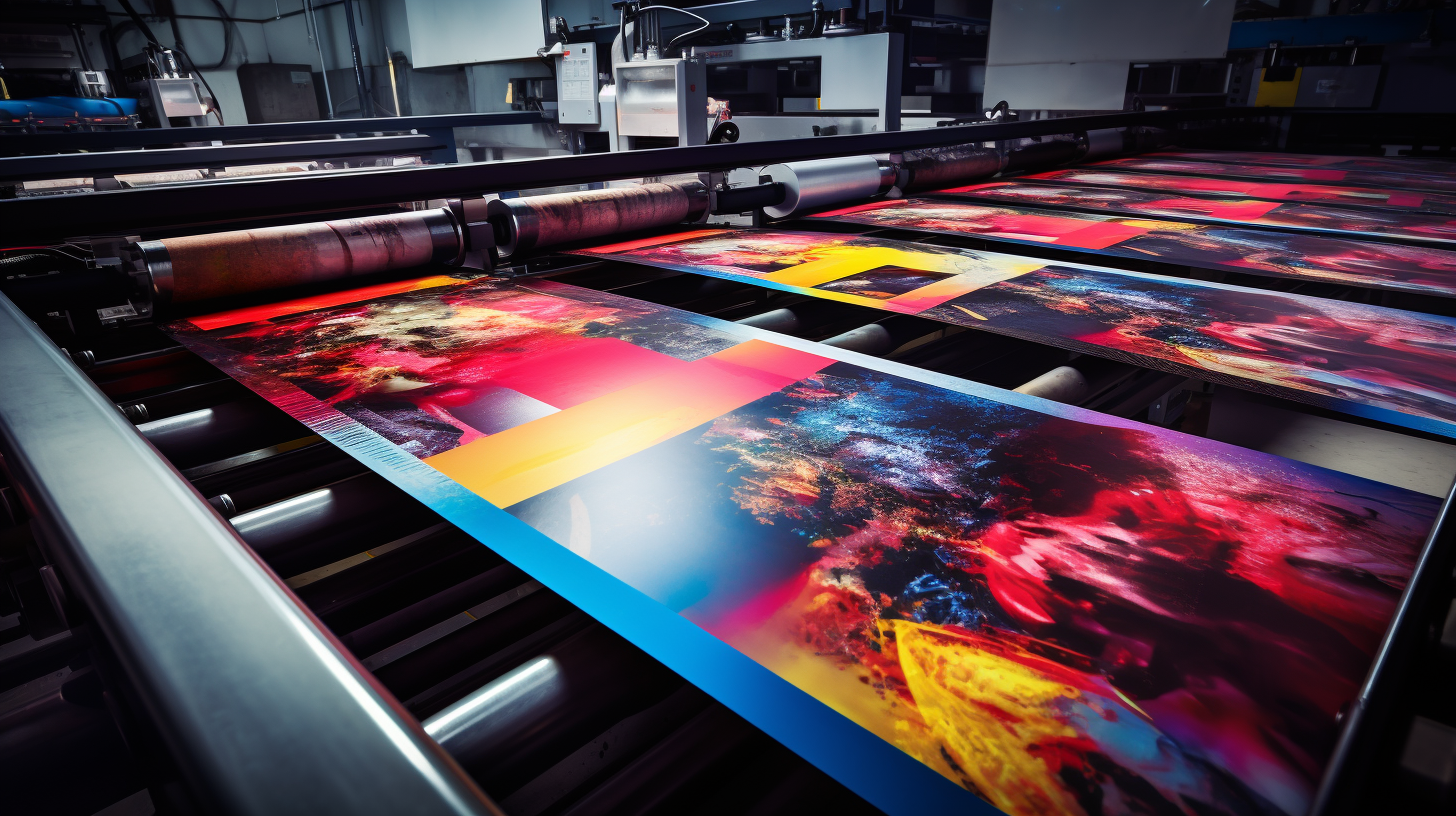Offset printing is a technique of printing images to materials. It’s the primary technique used in industrial printing and is used for various things. The method is also referred to as offset lithography.
The technique has been around longer than digital printing. Moreover, it uses quite a different process. Digital printing uses large printers with ink and toner; offset printing uses rubber rolls to paint the design onto objects, such as postcards, fold-outs, and envelopes.
The Purpose
Due to the differences in how both processes work, the purposes they serve are also different.
Digital printing is a quicker process, ideal for lower-volume jobs. It’s also helpful if the people printing need slight differences between prints, such as unique codes on them.
Offset printing, however, is wonderful for printing designs onto a large volume of things, often up in the thousands or even higher.
The Technology
The offset printing method involves a lot of unique technology to make each printing job happen. Different parts work together to create a vibrant, finished product.
Printing Plates
Every printing job starts with printing plates. These plates contain the image or design to be printed onto the goods.
Printing plates are usually made from a metal such as aluminum, zinc, or steel. However, they can also be made with other materials like rubber or plastic.
A photochemical or photomechanical process known as “pre-pressing” is used to etch a design in the plates. Each plate is made with a specific color in mind. For example, any blue objects in the design would be on one plate and all the yellow ones on another.
Plate Cylinder
The plates are then attached to a plate cylinder, the first of several cylinders used in the process. They’re held in place with clamps at the top and bottom.
The parts of the image to be painted are treated with something that attracts ink, while blank areas are treated with something that repels ink.
Plate cylinders may also have a special “start-of-print” line engraved into it, which denotes the top boundary of the area to print.
Blanket Cylinder
The blanket cylinder is a cylinder that works in conjunction with the plate cylinder. As the name implies, it’s covered with a rubber blanket.
As the plate cylinder attracts ink, it rolls against the blanket cylinder in the opposite direction. This process causes a negative of the ink design to be transferred to it.
It’s also occasionally referred to as the “offset cylinder.”
Impression Cylinder
Finally, the last cylinder involved in the process is the impression cylinder. The impression cylinder is made of steel and runs opposite to the blanket cylinder.
It presses against the blanket cylinder, which prints the ink design onto the paper items. This results in a clean copy of the images from the printing plates being layered on to create a final color image.
This indirect way of applying the ink is why the process is called “offset printing.” Offset printing has many advantages and should certainly be considered when needing to print certain items.



